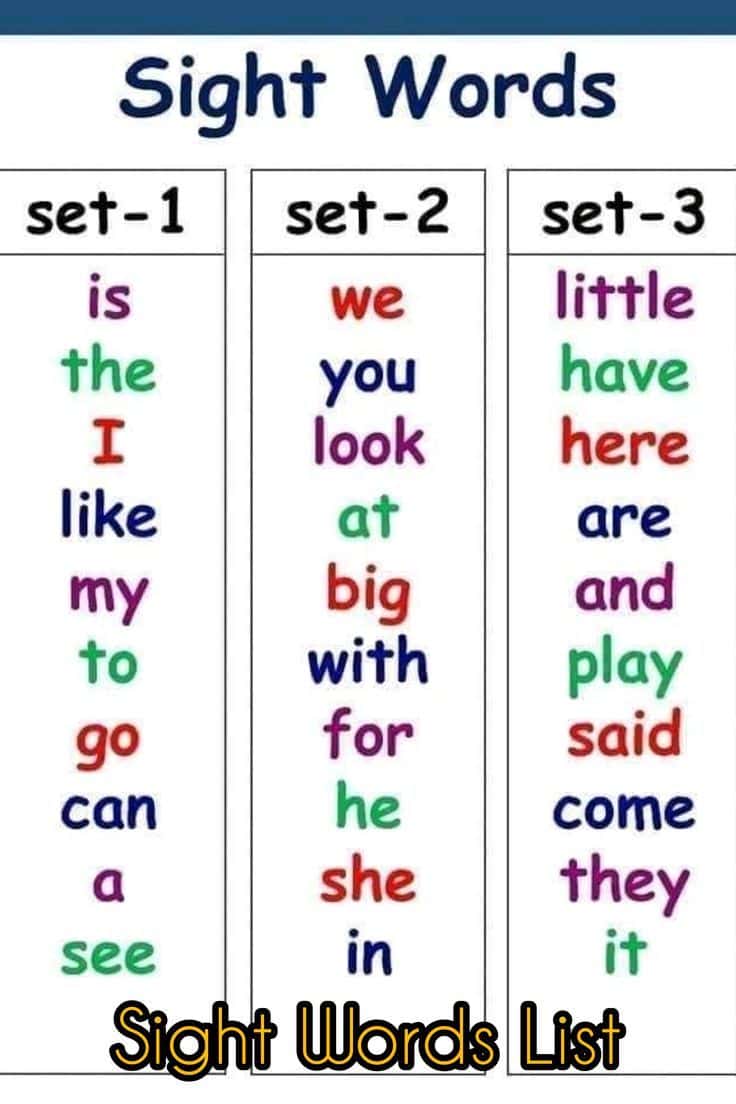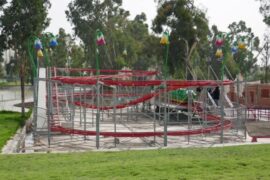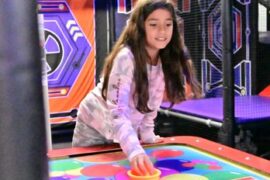Embark on a Reading Adventure: Your Ultimate Guide to Sight Words for Kids

Hey there, awesome parents! ? Are you ready to leap into the magical world of words with your kiddo? Sight words, often known as “high-frequency words”, are the golden keys that unlock the doors to reading fluency. So put on your teaching cap?, because we’re diving deep into the amazing universe of sight words with this vibrant, parent-friendly guide!
What are Sight Words?
Sight words are words that appear frequently in our reading but don’t always follow the usual rules of phonics or have a straightforward pronunciation. These words can be a bit of a puzzle for our little learners?, but they’re essential for reading fluency!
Why Sight Words Matter
Building Blocks of Early Literacy
Imagine building a tower with your child – each block is crucial, right? That’s exactly what sight words are in the architecture of language learning??. They help children read more smoothly and confidently, which is why they’re so important in your child’s literacy journey.
7 Reasons to Teach Your Child Sight Words
Still need convincing? Let’s explore the why behind sight words:
- Reading Speed: Knowing these words by sight means your child won’t have to stop to decode every single word. Vrooom! ?
- Comprehension: When reading becomes less about decoding and more about understanding, the story comes alive!
- Confidence: Recognizing words without hesitation boosts reading motivation and self-esteem ?.
- Vocabulary Growth: Sight words often have multiple meanings, which in turn, enriches your child’s vocabulary.
- Writing Skills: Strong readers become strong writers, and sight words lay the foundation ?.
- Academic Success: A solid grasp of sight words is linked to overall academic achievement.
- Fun Learning: With creative techniques, learning sight words can be a delightful activity!
How to Teach Sight Words
Strategies for Sight Word Success
Like a treasure hunt, teaching sight words can be an adventure full of discovery and joy! Let’s unravel some strategies that will make this journey an exhilarating experience:
- Start with the Basics: Begin with a small, manageable list of words. You can find many lists based on grade level or curriculum.
- Make It a Routine: Consistency is key. Incorporate sight word practice into your daily routine, and your little one will master them in no time.
- Playful Learning: Make education fun with games and activities that incorporate sight words.
- Use Multiple Modes of Learning: Engage all senses – seeing, saying, writing, and touching words can help anchor them in memory.
- Personalize the Experience: Relate words to your child’s life to make them more meaningful and memorable.
Spotlight on Sight Words: A Teaching Tool for Parents
Let’s get practical! Here’s your toolkit to start teaching sight words effectively:
1. The Sight Words List
Selecting the right words is your first step. Use resources like the Dolch or Fry sight words lists, which are curated based on the most common words found in children’s books.
2. Flashcards Fun
Simple, inexpensive, and versatile, flashcards are a classic for a reason. They’re portable powerhouses of practice!
3. Engaging Activities
Weave sight words into everyday life with lively activities, such as word hunts, memory games, or online apps that make learning an electrifying game.
With this guide, you’ll be well-equipped to support your child’s journey through the world of reading with confidence and excitement! So, let’s jump right into the fun of it all — stay tuned for even more delightful details and activities to help your child shine with sight words!

5 Things Parents Should Know When Preparing to Teach Sight Words
Before diving into your sight word lessons, here are five must-know tips to set the stage for success and giggles!
- Assessment is Key: It’s super helpful to gauge where your child stands with sight words. This way, you can tailor your teaching to their specific level and not repeat words they already know! ?
- Less is More: Start with a teeny-tiny list of words. Overwhelming your little one with too many words right out of the gate can be a recipe for confusion. Keep it simple and sweet! ?
- Set Achievable Goals: Aim for a few words a week, and celebrate every victory, no matter how little. It’s all about those happy dances and high-fives!
- Tools of the Trade: Gather fun resources like magnets, colorful markers, and stickers. These will be your trusty sidekicks in making the learning process visually engaging and interactive.
- Embrace the Wiggles: Kiddos have soooo much energy! Factoring in movement-based activities will help burn off excess energy and make learning stick like glue — in a fun way, of course! ?????
Let’s Get Practical: Sight Word Activities and Examples
Alrighty, let the games begin! Engage your child with these hands-on activities:
Beat the Clock
Set a timer and challenge your kiddo to read as many sight words as they can before the buzzer goes off. You’ll have them laughing and learning under pressure! ??
Word Detective
Hide sight words around the house and turn your child into a word sleuth! It’s a fabulous way to combine active play with learning. ?
The Great Bake Off
Use cookie-cutters to stamp sight words into your dough, and ta-da! You’ll have yummy words to gobble up after reading. Munch your way to mastery! ?
Frequently Asked Questions About Sight Words
- Q: When should I start teaching my child sight words?
- A: You can start as early as when your child shows an interest in letters and words, typically around age 4 or 5. But hey, every little superstar is different, so go with the flow of their curiosity!
- Q: How many sight words should my child learn?
- A: Aim for the stars, but remember to keep it down to earth! About 20-50 words during pre-school to kindergarten is a great launching pad. As they grow, you can steadily increase the number!
- Q: My child is struggling with sight words. What should I do?
- A: Fret not! Mix up your teaching methods and sprinkle in extra patience. Remember, it’s not a race. Encourage, support, and celebrate progress, no matter the pace.
The Teaching Sight Words Journey: Patience and Encouragement
Friends, teaching sight words is like guiding your child in a dance. Sometimes it’s smooth, other times it’s a bit of a twist, but always, it’s about moving together with patience and joy!
For more great fun click here. For more information see here
Disclaimer
The articles available via our website provide general information only and we strongly urge readers to exercise caution and conduct their own thorough research and fact-checking. The information presented should not be taken as absolute truth, and, to the maximum extent permitted by law, we will not be held liable for any inaccuracies or errors in the content. It is essential for individuals to independently verify and validate the information before making any decisions or taking any actions based on the articles.




